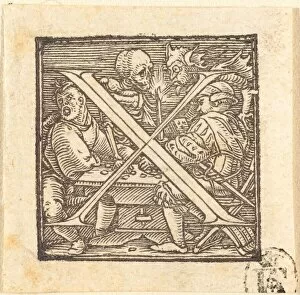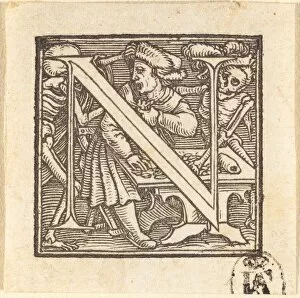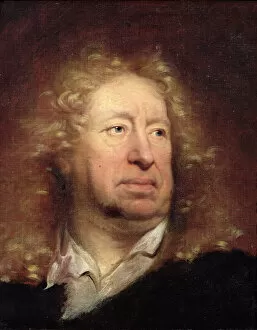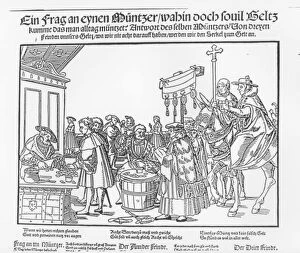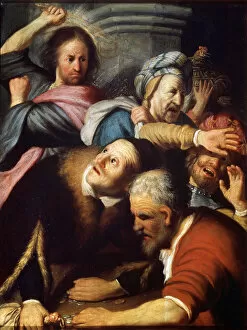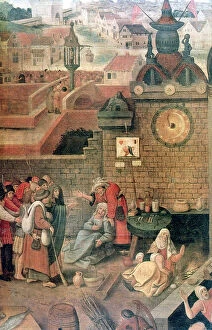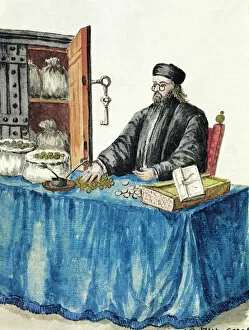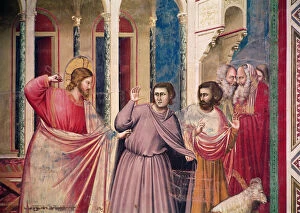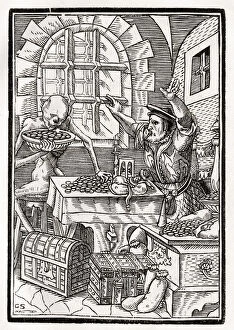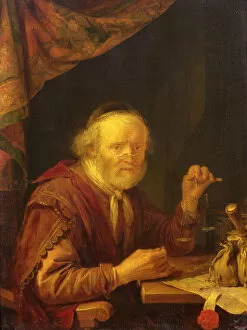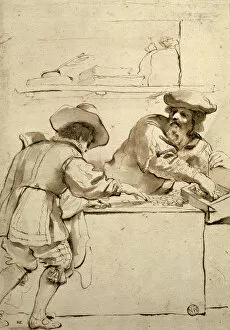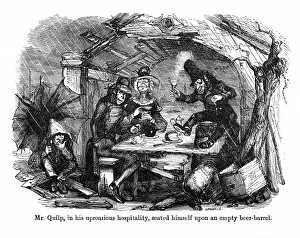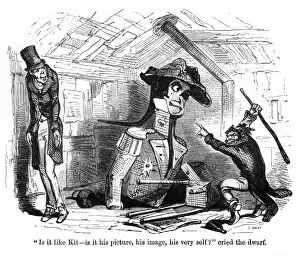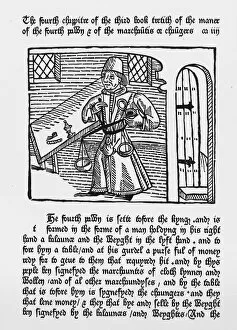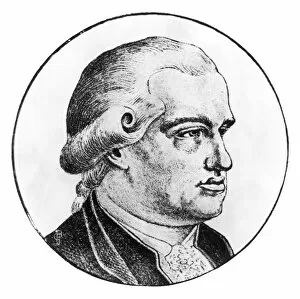Money Lender Collection (#2)
The Old Curiosity Shop, a tale of Nell and her grandfather amidst the money lender's shop, reminds us of the intricate web woven by financial transactions
For sale as Licensed Images
Choose your image, Select your licence and Download the media
The Old Curiosity Shop, a tale of Nell and her grandfather amidst the money lender's shop, reminds us of the intricate web woven by financial transactions. In 'The Banker and his Wife, ' an oil painting from 1538, we witness the opulence that wealth can bring but also its potential consequences. Shirley Markham's depiction of Christ throwing merchants out of the temple in 1950 serves as a powerful symbol against greed and exploitation. Christian Wilhelm Allers' portrayal of a moneylender in Kandy, Ceylon in 1898 sheds light on the global reach of financial practices. Henry Traut's 'Expulsion of the Moneylenders' captures a pivotal moment where society rejects their oppressive grip. The haunting details within 'Death and the Miser, ' painted between 1515-21, serve as a reminder that wealth cannot be taken beyond this mortal realm. Marius Van Romerswael's painting from c. 1550 titled 'Two Usurers' invites contemplation on how money lending can corrupt individuals. Meanwhile, 'Christ Driving the Moneychangers from the Temple, ' an oil painting from 1621, showcases Jesus' righteous anger towards those who exploit others for profit. In Ireland during times of land agitation depicted in engravings like 'The Land Agitation in Ireland: Sketches from Ballinrobe and Lough Mask', economic struggles intertwine with political unrest. The panel painting called 'The Money Changers' created around 1530 portrays scenes reminiscent of modern-day financial markets. Lastly, Death at the Usurer portrayed through an oil canvas signifies that even those who accumulate vast fortunes cannot escape mortality's grasp. These various depictions remind us to reflect upon our relationship with money lenders throughout history – both their impact on society and our own responsibility when engaging with them.

